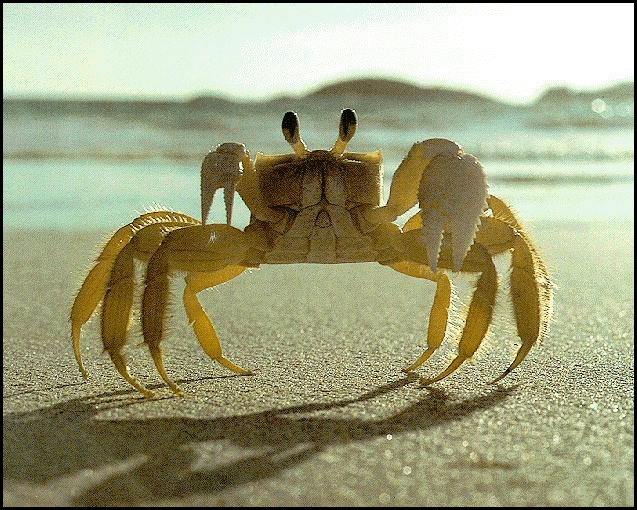
Life along the
Inner Coast
A Naturalist's Guide to the
Sounds, Inlets, Rivers
and Intracoastal Waterway
from Norfolk to Key West
Robert and Alice J. Lippson
(University of North Carolina Press)

The Lippsons have divided the more than 1,200 miles of the Intracoastal Waterway into five sections, beginning in Virginia --- and ending up in Key West. It includes the city of Norfolk down to Beaufort, Wilmington to Charleston, a section for Savannah-Jacksonville and the Indian River Lagoon, and finally, the Miami complex.This oversized book is crawling with more than 600 drawings, charts and photographs of birds, fish, hard and softshell creatures, plants, nuts and trees. Many are beautiful, exotic, strange ... some quite weird. Like the West Indian Worm Snail: "Their bodies are greatly elongated, but unlike typical worms, their heads bear molluskan tentacles, eyes, and radulæ." Or Hermodice carunculata, called the fireworm, with parts that "inflict a painful, burning irritation on your skin when their bristles break off and deliver a dose of venom."
There's the Florida sea cucumber, "which can grow to the length of two feet." Once I made the mistake of eating a foot or so of this fat and ghastly lupina.. The flavor had little to do with cucumber and much more to do with sand, in which they like to wallow around.
The book is a treat, especially for those of us who grew up in this area. I once lived less than a mile from the Intracoastal Waterday, and like most jaundiced neighbors, never went by boat up and down its 1500 miles. (I only went there to fish. Little did I know what I was missing).
A casual reader can dote on the elegant and whimsical names, the "blackcheek tonguefish," the "lookdown," the "longwrist hermit crab," the "eastern pipistrelle," the "fluff-headed seaweed," the "yaupon holly," as well as the "interrupted trunicate" ... also known as the "Bermuda sea squirt."
After a few hours with Life along the Inner Coast, one could want to be there, especially when coming face-to-face with the likes of fish like the "Atlantic Croaker." I recall it with great fondness. I pulled them alive from the nearby waters, using only bamboo pole, kitestring, fishhook and wriggly worm ... I so content there in the sun, listening to them lying about me, croaking out their little lives on the worn and sun-cooked decking.
Here we can study the lives and habits of the common pigfish, the lovely beaded periwinkle, Doubleday's bluet, the simple fiddler crab, Uca minax, which, when I was a tad, used to entertain me mightily --- the dozens of males waving their enormous purple claws at me while I threatened them there at the edge of Seymour's Creek in North Florida.
The female fiddler, says author Robert Lippson, fares well. They eat algae ... the female with two normal sized (tiny) claws who has it over the male because she doesn't have to show off. As the author puts it, "The large claw of the male is virtually useless for feeding. [This] gives the female the advantage in processing the stew of algae, bacteria, and detritus."
--- Richard Saturday